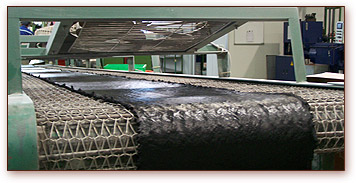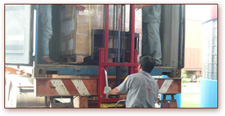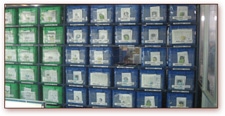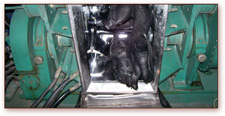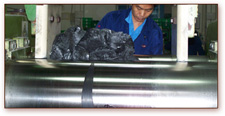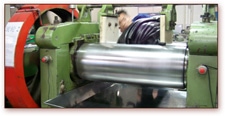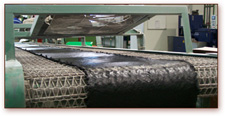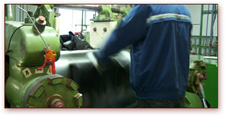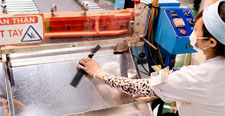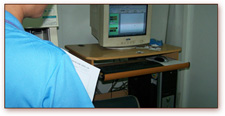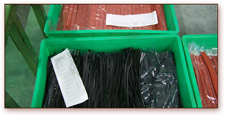ENA performs both Primary and Secondary rubber compounding in-house at all of our facilities which is unique to low-cost region rubber manufacturers.
Not all rubber molded parts are created equal. Quality and consistency of the rubber material can vary significantly among different suppliers. ENA Advanced Rubber Technologies stands out in the industry for our advanced material compounding capabilities and unwavering commitment to delivering consistent and reliable parts every time.
We have a major competitive edge as one of the most advanced compounders of rubber in Asia. Unlike many competitors who outsource primary and secondary compounding, our chemists perform these processes in-house, ensuring strict quality control and cost savings that are passed on to our customers. We do not compromise by purchasing from the “lowest cost bidder.” Our imported raw materials are carefully controlled and formulated, providing lot traceability for every part. Moreover, we offer highly customized solutions tailored to specific applications, achieving primary compounding certifications from renowned material producers and additive suppliers worldwide. Our raw rubber is sourced from Taiwan, Europe, and the United States, without relying on materials from China or other low-cost region suppliers.
ENA possesses extensive knowledge of advanced compounds and surpasses common certifications and approvals, including UL, ASTM, RoHs, FDA, and NSF, among others. Our imported raw rubber meets North American, Japanese, and European standards, undergoing thorough evaluation and testing during the importation process. Stringent control procedures are implemented throughout compounding and production, with each batch of rubber monitored using the Vulcanization Curve.
Furthermore, ENA offers reverse engineering services, leveraging our chemistry labs and a team of highly qualified chemists and engineers to analyze existing rubber parts and determine precise formulations and compounds.
Our ability to perform both primary and secondary compounding enables us to respond quickly to First Article (FA) parts and prototypes. We take pride in having the shortest lead times in the industry, with in-house compounding capabilities contributing to this advantage.
Choose ENA Advanced Rubber Technologies for superior quality rubber molded parts backed by advanced material compounding capabilities. Contact us today to experience our commitment to consistent excellence.

